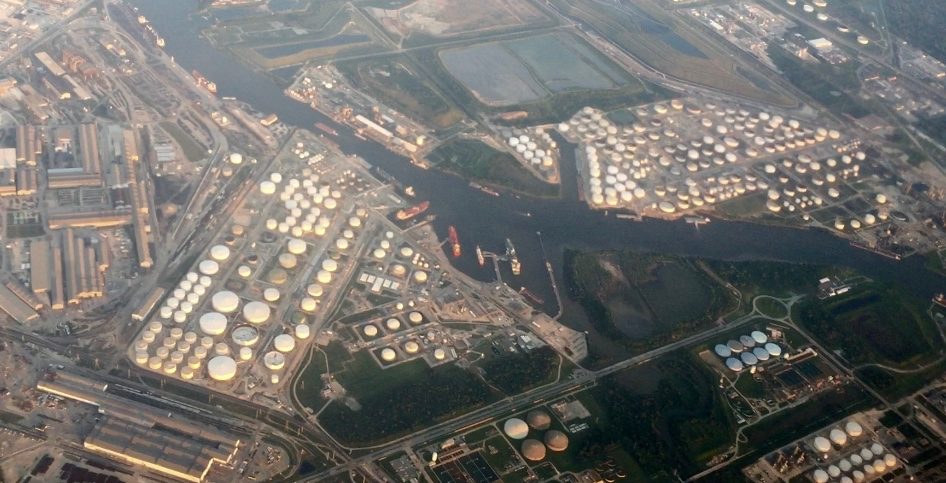Public Citizen has been pushing back against the EPA’s rollbacks of the Chemical Disaster Rule. The Chemical Disaster Rule came into being following an explosion at a Texas fertilizer facility in 2013, an incident that killed 15 people and injured 160. The Chemical Disaster Rule would put further protections in place to better ensure the safety of communities surrounding facilities.
Under the Trump presidency, the EPA delayed the implementation of the Chemical Disaster Rule, which was finalized in early 2017. However, that delay was met with a legal challenge, Air Alliance Houston v. EPA. (Public Citizen’s Litigation Group provided an amicus brief to the court on this challenge).
On August 17th, an appeals court ruled that the delay of the Chemical Disaster Rule was unlawful. The judges went so far as to say that the EPA’s tactics made a “mockery” of federal statute. But even though the judges shut down the Trump Administration’s attempt to delay the Chemical Disaster Rule, the EPA is still looking to rollback the rule through a proposed reconsideration rule.
Houston’s Chemical Footprint
To better understand the impact of the Chemical Disaster Rule and the Risk Management Program under the EPA, Public Citizen analyzed data publicly available through rtk.net from facilities that are required to submit risk management plans. Basically, these are facilities that store or use large amounts of hazardous chemicals.
In our new report, we found that chemical facilities currently registered as RMP facilities use 2.4 billion pounds of toxic chemicals and 38.5 billion pounds of flammable chemicals in their processes. And the bulk–two-thirds–of those toxic chemicals reside in the eight-county area of the Houston region.
In the Greater Houston region, 442 facilities have reported to the Risk Management Program (RMP) database over the past 5 years, and 314 facilities meet the conditions that require them to report to the Risk Management Program (RMP) database as of April 2018. Among the 314 facilities that are currently reporting, there are 892 processes that could have offsite consequences. This means that should an accident happen, these processes could harm communities.
The RMP facilities within the 8 county region use 51 different toxic chemicals in processes, which total to over 1.6 billion pounds. Those chemicals include chlorine, chloroform, formaldehyde, and hydrofluoric acid. Many are known to be hazardous to human health, and some are carcinogenic. Those facilities also use 29.9 billion pounds of flammable chemicals, which is 78% of the total of flammable chemicals in RMP facilities across Texas.
Accidents and Injuries
Every five years, companies submit risk management plans. When data is pulled from rtk.net, it reflects companies’ latest submissions. For instance, Company Y’s last plan may have been submitted in 2018, but Company Z’s last plan was submitted in 2013. In that way, the information summarized here doesn’t necessarily reflect an apples-to-apples comparisons, and is not entirely current. But all these RMP submissions taken together gives us a broader understanding of the chemical risks that Houston faces.
The report shows that 89 5-year accidents were recorded in the Greater Houston area. What that means is 89 accidents happened during the 5 years that the reports are compiling. For some companies that could reflect 2008-2013, for others it could be 2013-2018, or some other five year period in the mix.
For those 5-year accidents, 5 deaths and 112 injuries were reported. The amount of property damage from 5-year accidents exceeded $175 million. Again, because RMP facilities are supposed to provide reports every 5 years, this number does not reflect the amount of property damage that took place from 2013-2018; this number reflects the amount each facility has reported over the 5 years previous to their last RMP submission.
Chemical Safeguards
The Chemical Disaster Rule helps protect workers, first responders, and the wider community from potentially injurious or life-threatening chemical exposure. With 1.6 billion pounds of toxic chemicals in a region that is home to nearly 7 million people, let’s keep the rules that protect human life.




